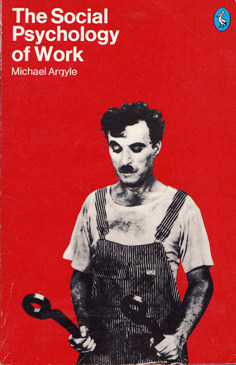 In February 2010, the New York Times ran an article about depression by Jonah Lehrer. The same article appeared in some of Australia’s weekend newspapers in early March. Lehrer looks at the issue of depression and considers whether there is a potential upside to the disorder by looking back as far as Charles Darwin for expressions of depression. He makes a challenging statement:
In February 2010, the New York Times ran an article about depression by Jonah Lehrer. The same article appeared in some of Australia’s weekend newspapers in early March. Lehrer looks at the issue of depression and considers whether there is a potential upside to the disorder by looking back as far as Charles Darwin for expressions of depression. He makes a challenging statement:
“…that depression has a secret purpose and our medical interventions are making a bad situation even worse. Like a fever that helps the immune system fight off infection — increased body temperature sends white blood cells into overdrive — depression might be an unpleasant yet adaptive response to affliction.”
Lehrer goes on to make a case for depression being a possible source of creativity.
He refers extensively to the evolutionary psychology research of Andy Thomson and Paul Andrews who acknowledge that
“… depression is a vast continuum, a catch-all term for a spectrum of symptoms.”
Perhaps, particularly in the relatively recent consideration of depression in workplaces, we are being too narrow and too specific. Perhaps the case for workplace depression being made by some of the “depression sellers” is too targeted and we need to remind ourselves of the sociology of work, a perspective that seems to have gone out of fashion. Continue reading “When looking to understand psychosocial issues, ask your grandparents”

